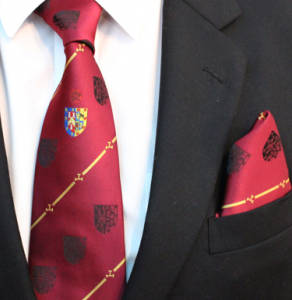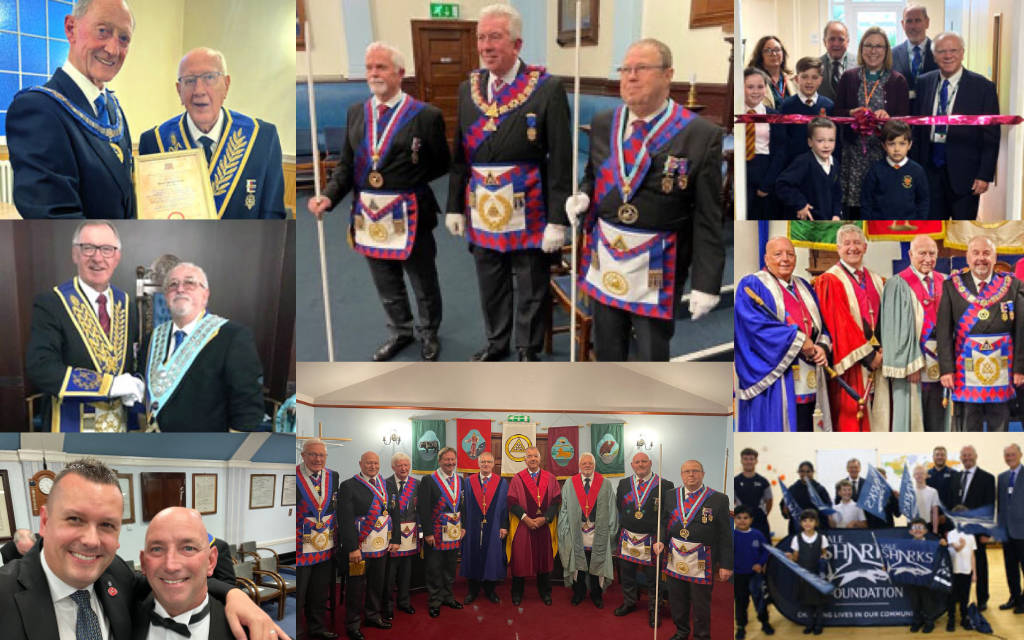
Freemasonry has four guiding principles and is focused on family, fun and fellowship.
Welcome to the Province of West Lancashire and the home of local Freemasonry for over 375 years.
We are West Lancashire Freemasons.
Freemasonry is one of the oldest social and charitable organisations in the world. Its roots lie in the traditions of the medieval stonemasons who built our cathedrals and castles.
We know that Freemasons have been operating in West Lancashire since as long ago as the 1640’s when the earliest account of admittance into Freemasonry recorded an initiation into a lodge in Warrington. It is an intriguing thought that whilst Roundheads and Cavaliers were engaged in the bitter English Civil War, Freemasons were meeting in peace and harmony in this very Province.
West Lancashire now has around 8,000 members and its lodges serve an area from Liverpool and the Manchester suburbs in the south to Barrow and the Lake District in the north. There are over 330 active lodges that meet at 50 locations, predominantly Freemasons’ halls, but including hotels, pubs, schools, golf and private clubs, a village hall and a synagogue.
Our members come from all walks of life and enjoy the company of like-minded individuals, enjoying meetings and social activities, being active in our local communities, practising concern for people, care for the less fortunate, and helping those in need.
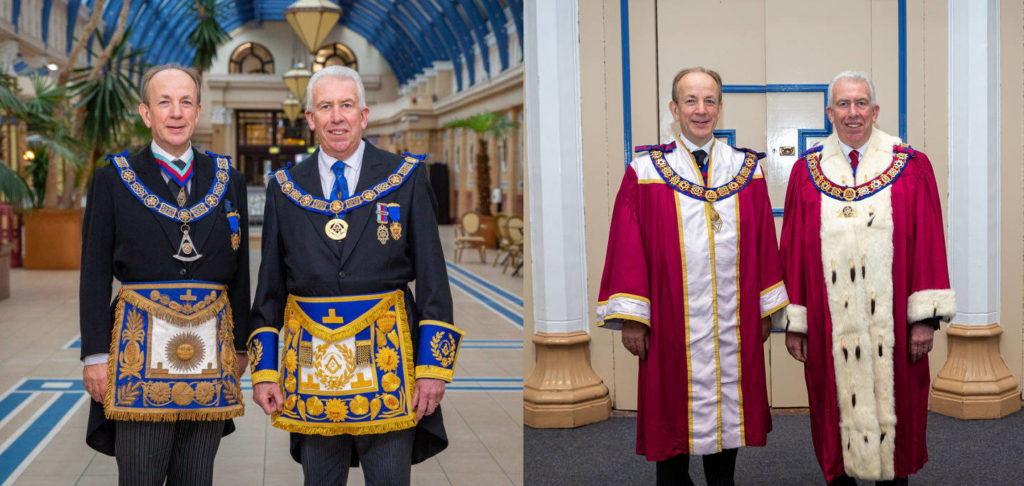
The United Grand Lodge of England (UGLE) is the governing body for Freemasonry in England, Wales, the Channel Islands and the Isle of Man and many countries around the world. It is headquartered in Freemasons’ Hall, London. Freemasonry is one of the largest charitable givers in the country, contributing over £51,100,000 to deserving causes in 2020 alone.
Click here to view the United Grand Lodge of England Mission Statement.
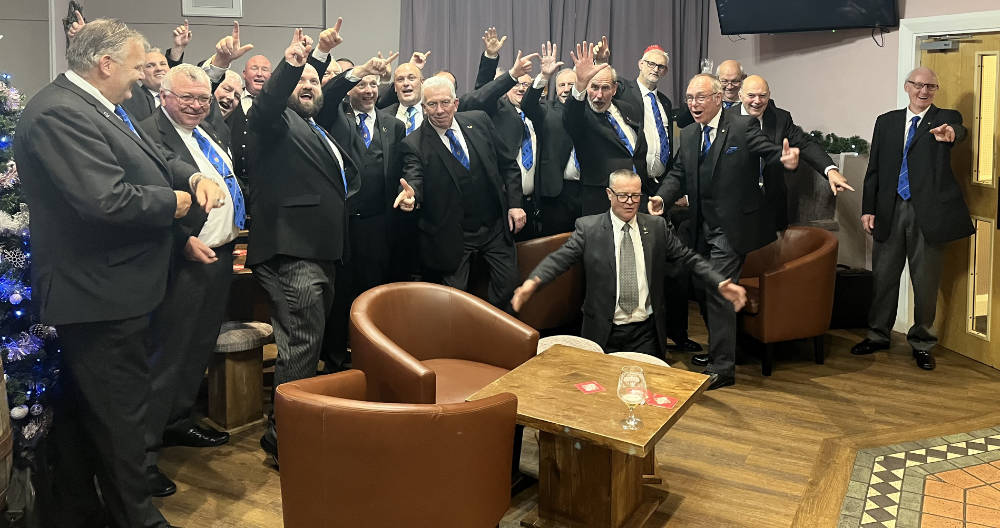
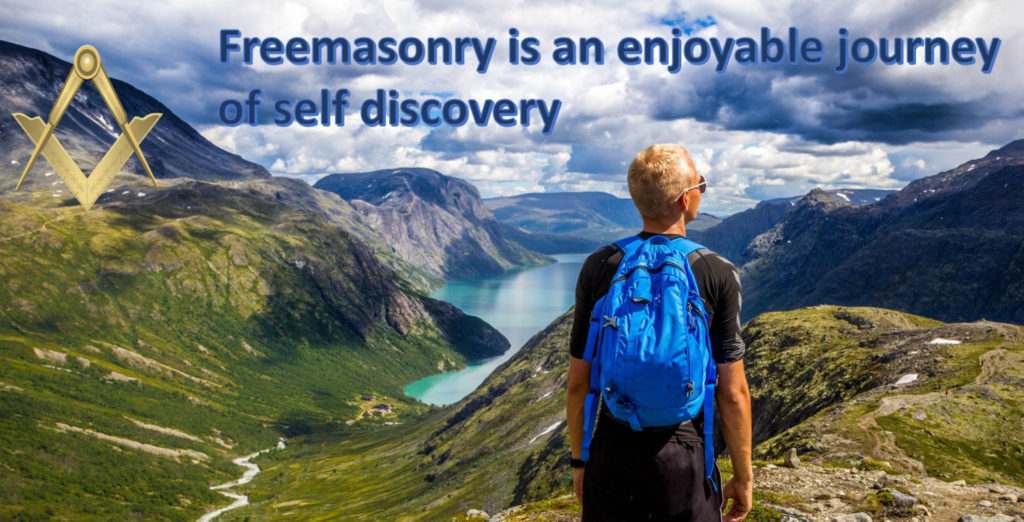

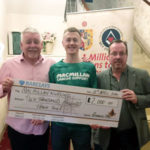
They’re off! And Macmillan Nursing is the winner!
18th April 2024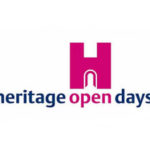
Heritage Open Days, Preston Seminar
15th April 2024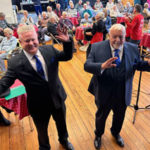
Supporting older people to get health boost through community singing
8th April 2024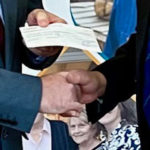
Warrington Group Charity Giving Day
18th March 2024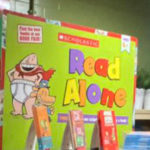
Thank you to the South Eastern Group
7th March 2024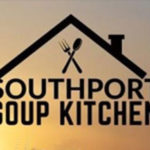



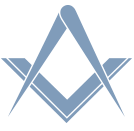 Interested in becoming a Freemason? Click here to find out more.
Interested in becoming a Freemason? Click here to find out more. 
